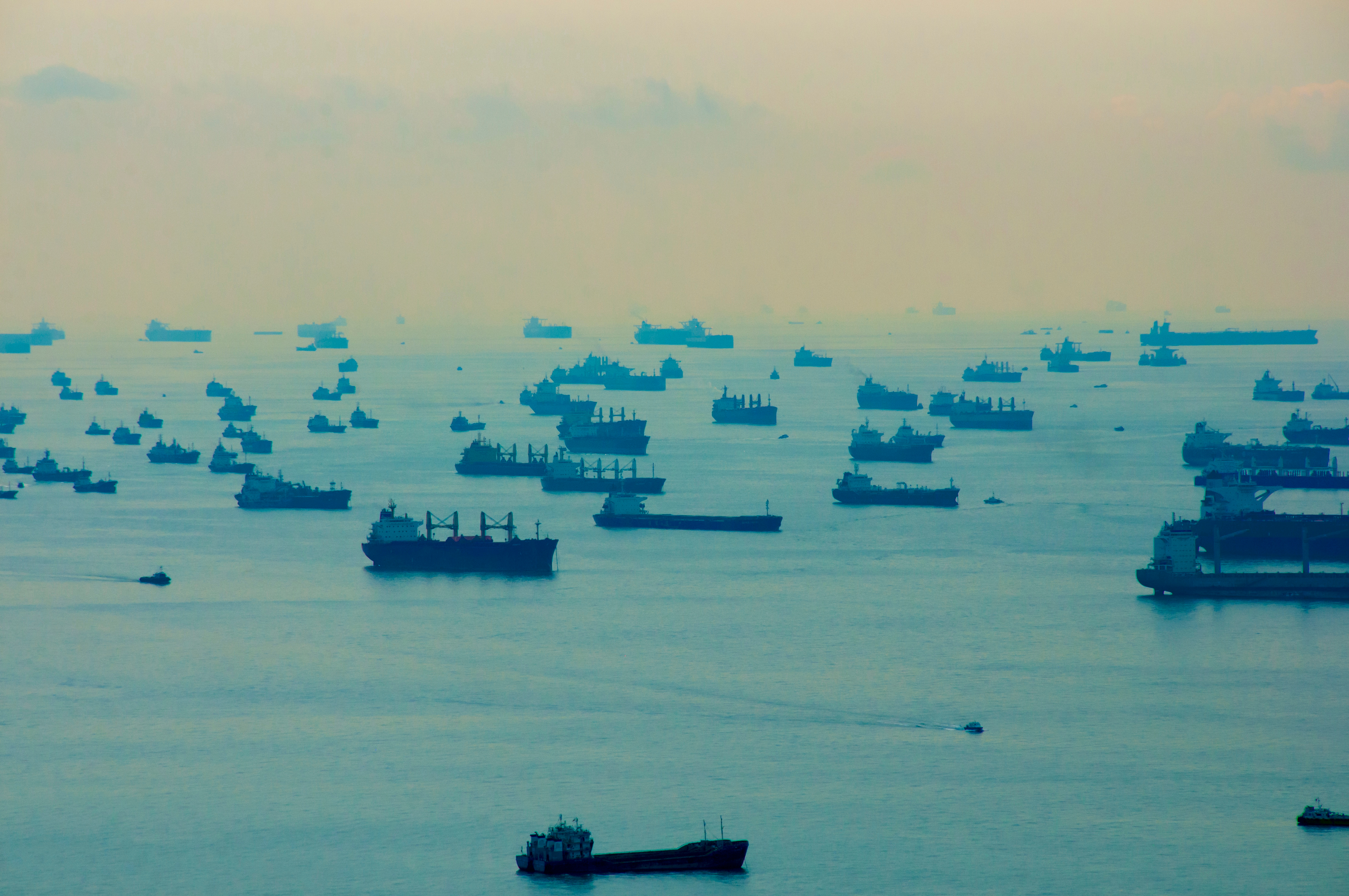For businesses and merchants that import products from Asia via ocean freight, 2021 was a challenging year:
- Ocean Freight Transportation costs continued to rise.
- Ecommerce Merchants realized a significantly higher rate of out-of-stock website listings as reported by Adobe, and much of that condition can be attributed to port delays.
- Adobe reported that during October 2021, over 2 billion messages were sent to online shoppers advising of out-of-stock products.
- Less-Than-Truckload and Truckload capacity constraints further delayed product shipments to fulfillment centers once ships were unloaded.
- Port delays and the resulting supply chain disorder fueled the upward climb of inflation as it became more expensive to move freight inland once it cleared the ports of LA and Long Beach.
8 Reasons for Optimism
So, the question begs, where do we stand today with relation to port delays, and what conditions will positively or negatively impact port delays moving forward into 2022?
- Container Dwell Time: This is down nearly by half from October, telling us that fewer containers are sitting around waiting to be put on trucks for delivery, as reported by Courthouse News Service.
- Fewer Anchored Ships: Prior to the most current wave of COVID, the number of anchored ships had decreased at the ports of LA and Long Beach. However, this level increased during January due to COVID-related absenteeism. However, this should be temporary as COVID infections are on the decline.
- Asia Imports Levels: These were at record levels during 2021. If our out-of-control inflation continues, consumer purchasing should slow, which will help to slow imports and resulting port congestion. However, there is still no direct sign that consumers are significantly modifying their purchasing behavior, even with higher prices on merchant websites and in the stores.
- COVID Impact: The negative impact of covid related absenteeism across port workers and truck drivers should lessen in the coming months.
- Supply Chain Reliability: This should improve, which will help to relieve port congestion and improve the container ship offload process. However, the Financial Times is reporting that supply chain-related delays are not improving as quickly as hoped for.
- Alternative Port Usage: While not in a huge way, importers and merchants that switched to alternative ports like Seattle may continue to use these ports with the hope of avoiding seasonal port congestion related to merchants stocking up for the holiday season purchasing frenzy.
- Holiday Related Products Shipping Earlier: Merchants will be ordering merchandise earlier to avoid the late summer/early fall ocean freight capacity crunch.
- Improved Port Container Offload Process Management: The port operators learned some very important lessons during 2021 and as a result, port efficiency and offload processes should improve in 2022.
Impact on Parcel Fulfillment Service Providers:
Generally, these conditions and factors should result in fewer “out-of-stock” messages on merchant websites as the fulfillment service providers should receive merchandise earlier in 2022, allowing for a happy holiday season for the consumer, merchants, and product fulfillment service providers.


